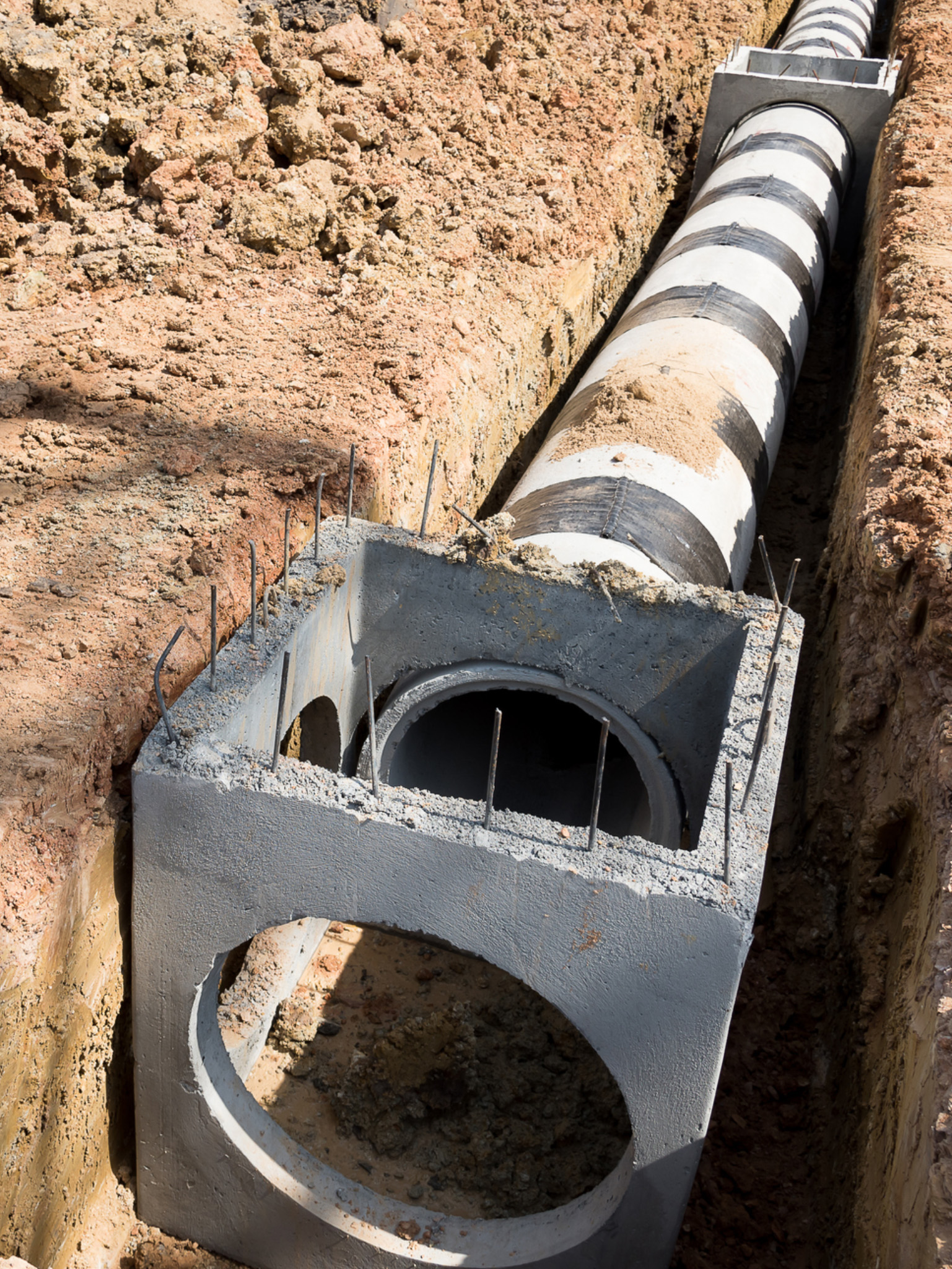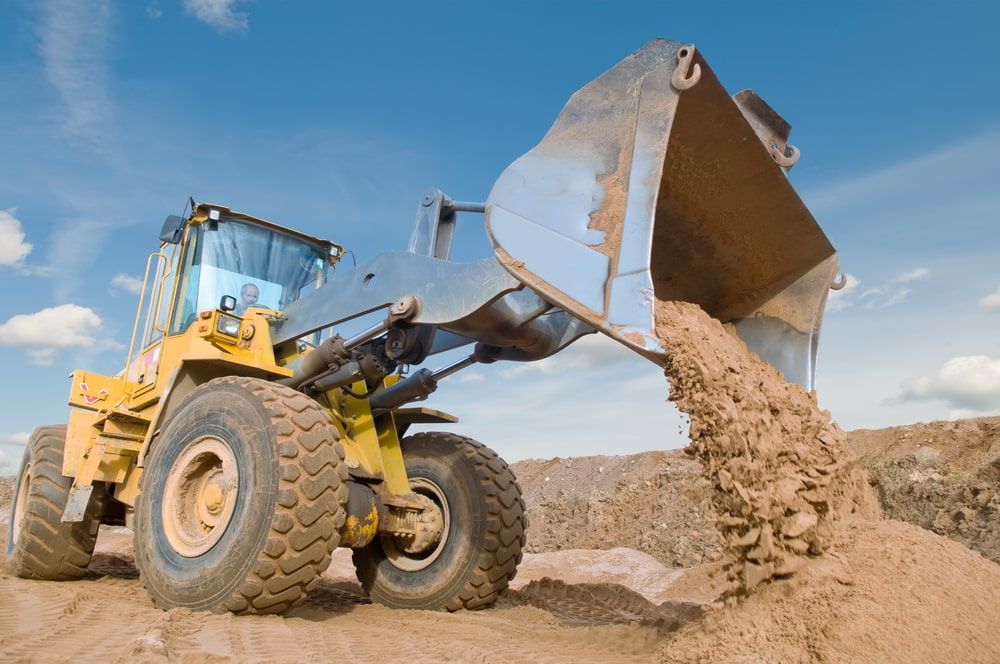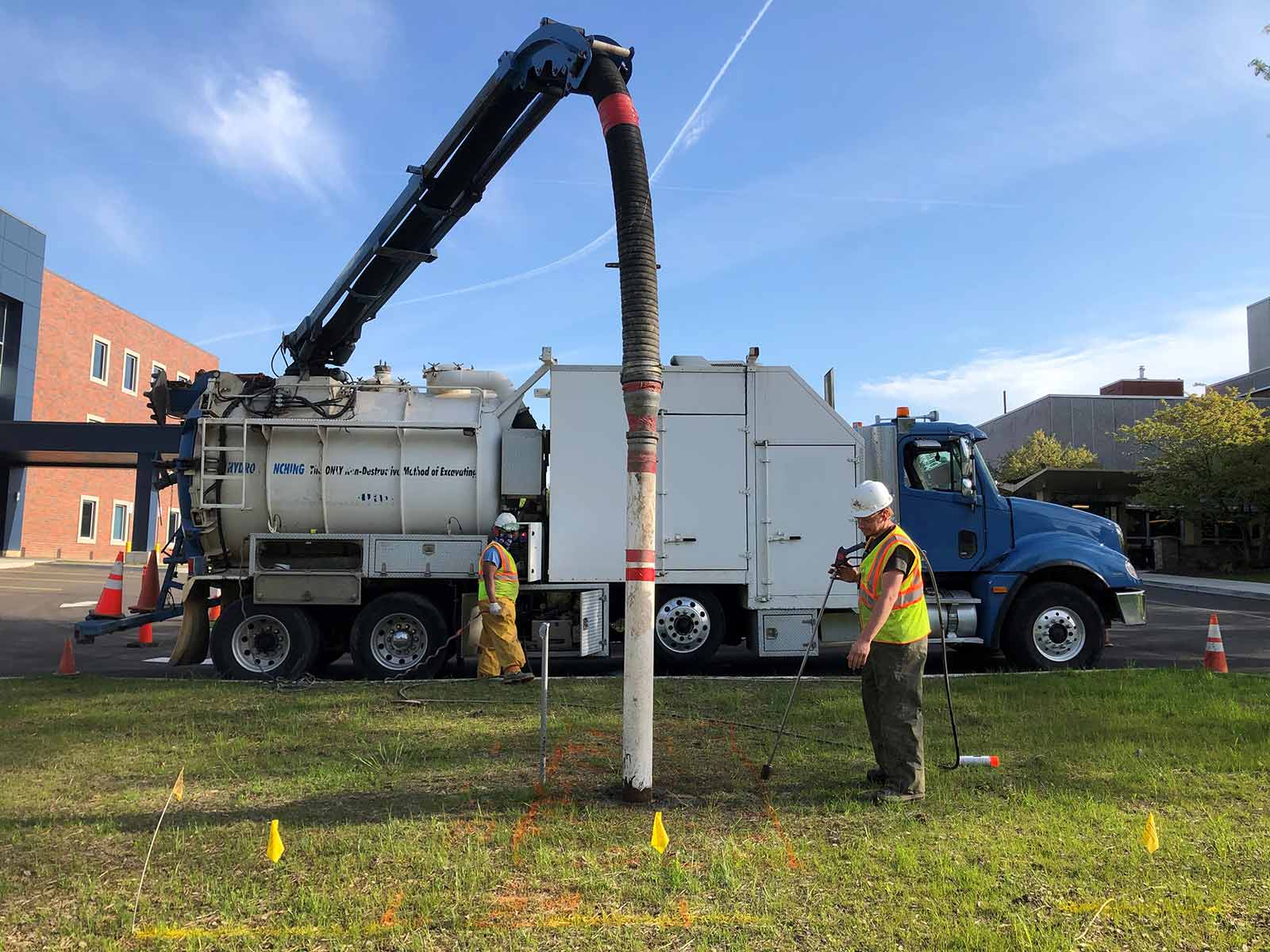Commercial Lancaster Trenching - Trenching Services for Companies in Lancaster
Commercial Lancaster Trenching - Trenching Services for Companies in Lancaster
Blog Article
In-Depth Expedition: The Scientific Research Behind Superior Excavation Practices
From ancient hand tools to contemporary hydraulic excavators, the evolution of excavation techniques has actually been a testament to human ingenuity and technological advancements. What really establishes remarkable excavation techniques apart is a deep understanding of geological principles, paired with the use of cutting-edge tools and methodologies.
Evolution of Excavation Strategies
Throughout history, the development of excavation strategies has played a vital role in advancing construction methods and historical explorations. From the basic devices made use of by our forefathers to the advanced equipment employed in contemporary times, the development of excavation techniques has dramatically changed exactly how we approach numerous jobs.
In old times, manual work with fundamental tools such as shovels, pickaxes, and wheelbarrows was the main method of excavation. This labor-intensive procedure limited the deepness and scope of excavations, commonly causing slow-moving progression and limited accessibility to particular sites. As worlds advanced, so did the devices and methods used for excavation.
The Industrial Change marked a turning point in excavation techniques with the intro of steam-powered machinery. In contemporary times, modern technology plays a pivotal duty in excavation, with advancements like General practitioner systems, drones, and 3D scanning enhancing precision and effectiveness in the area.
Duty of Technology in Excavation

The assimilation of cutting-edge modern technology has actually fundamentally revolutionized the field of excavation, improving accuracy and efficiency to unmatched levels - excavating ohio. One of the essential technical improvements that has substantially impacted excavation methods is the application of GPS systems.
Moreover, the advent of 3D modeling and simulation software application has structured the preparation process for excavation jobs. Designers and drivers can currently visualize the entire excavation procedure prior to breaking ground, recognizing prospective obstacles and enhancing operations. Together with this, the implementation of drones in excavation activities has assisted in airborne studies, volumetric dimensions, and site inspections with unparalleled speed and precision.
Geological Principles in Excavation
An understanding of geological concepts is important for making certain the structural honesty and stability of excavation sites. Geological factors play a vital function in identifying the usefulness and safety and security of excavation projects (dump truck companies in ohio). One vital geological concept to think about is the sort of dirt or rock present at the site. Various dirt kinds, such as clay, sand, or crushed rock, have differing degrees of security and need different excavation techniques. Natural soils like clay may call for added support to avoid collapses, while sandy soils may be prone to disintegration during excavation.
By conducting thorough geological studies and analysis, excavators and designers can develop techniques to minimize threats and make certain the successful conclusion of excavation projects. Eventually, incorporating geological concepts right into excavation methods is vital for achieving risk-free, reliable, and sustainable results.

Newest Tools for Excavation
In the world of excavation practices, contemporary innovations in tools have actually revolutionized the performance and navigate here precision of excavation procedures. One of the current devices making waves in the industry is using drones equipped with innovative imaging innovation. These drones can give detailed airborne studies of excavation sites, providing real-time data on topography and prospective threats. This information help in far better preparation and decision-making during the excavation process.
One more cutting-edge device acquiring appeal is the implementation of 3D printing technology for developing custom-made excavation equipment. This allows for the manufacturing of specialized tools that are customized to the particular needs of a job, enhancing efficiency and reducing downtime.
Moreover, developments in products science have actually led to the advancement of more powerful and much more sturdy excavation tools. lancaster trenching. Tungsten carbide-tipped excavator attachments, as an example, offer remarkable efficiency in difficult ground problems, improving performance on-site
Science's Influence on Excavation Practices

In addition, advancements in materials scientific research have caused the creation of stronger, a lot more long lasting excavation devices and devices. The usage of composite materials in diggers and shovels has enhanced their performance and longevity, inevitably boosting performance on excavation sites. Furthermore, clinical research study on soil mechanics and geotechnical engineering has actually provided important insights into soil habits, permitting excavation experts to make informed choices regarding excavation approaches and soil stablizing Your Domain Name techniques. Generally, scientific research remains to drive innovation and improvement in excavation practices, making excavation tasks a lot more efficient, cost-efficient, and sustainable.

Final Thought
Finally, the evolution of excavation methods has been significantly affected by innovations in innovation and a much deeper understanding of geological principles. The most current devices and devices used in excavation have actually improved performance and precision in the field. The application of scientific knowledge has significantly boosted excavation methods, resulting in more reliable and sustainable methods for digging deep into various sorts of products.
In the realm of excavation methods, contemporary innovations in tools have actually changed the performance and accuracy of excavation processes. By leveraging scientific concepts, the excavation sector has been able to considerably enhance efficiency, accuracy, and safety and security in excavation procedures. GPR enables excavation teams to non-invasively scan and map subsurface frameworks, energies, and prospective dangers, enabling them to intend excavation jobs with greater accuracy and minimized danger of accidents.
In Extra resources addition, scientific study on dirt mechanics and geotechnical design has provided useful insights right into soil behavior, permitting excavation specialists to make educated decisions relating to excavation methods and dirt stabilization strategies. In general, scientific research continues to drive innovation and renovation in excavation practices, making excavation tasks much more reliable, economical, and sustainable.
Report this page